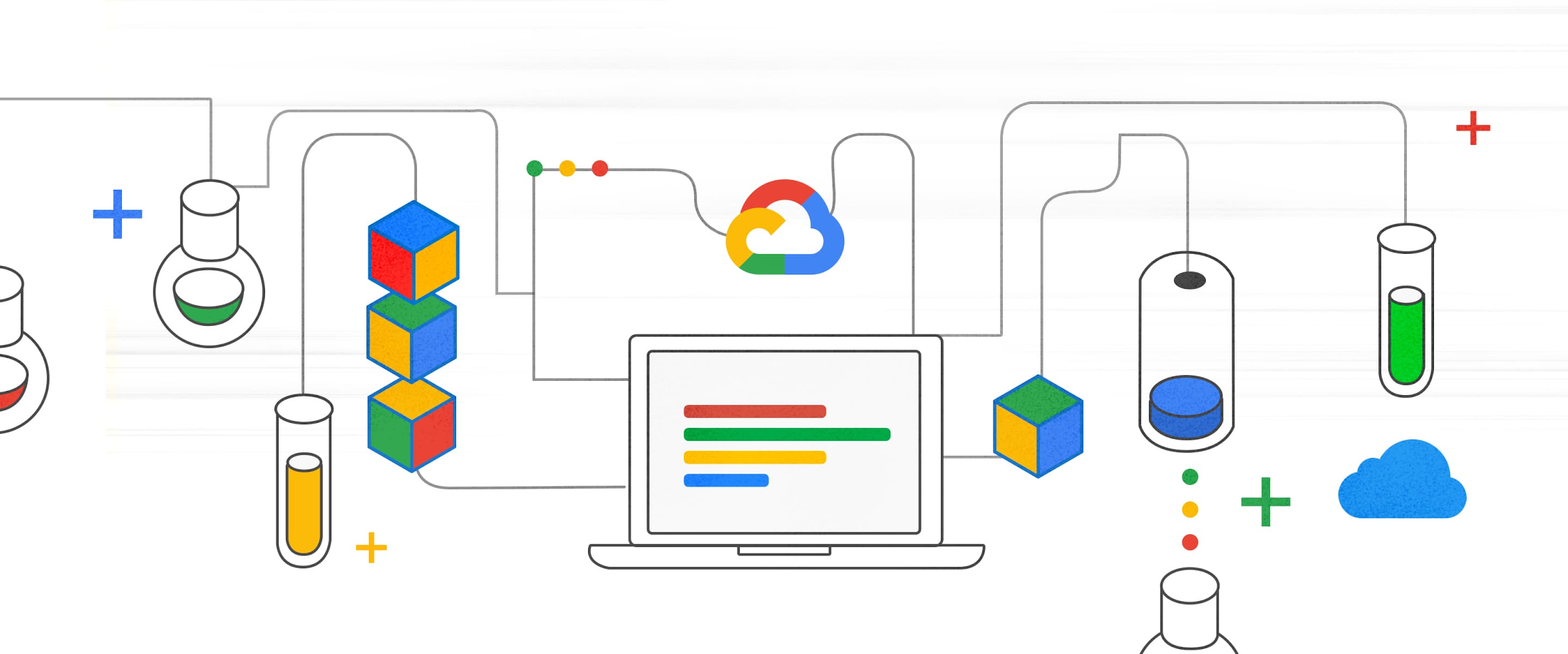The current global crisis has only reinforced what was already true for many IT organizations—that they must increase agility and accelerate innovation to better serve customers and prevent future disruptions. But for many, maintenance of legacy IT systems has inhibited change and consumed disproportionate amounts of budget. In fact, a recent McKinsey study of enterprises found that legacy systems account for 74% of an organization’s IT spend while continuing to be a drag on innovation.
Today’s crisis has only increased the urgency with which organizations must modernize their applications in the cloud. By embracing public cloud technologies, organizations can reduce infrastructure costs and management overhead while increasing agility, scalability, and security. But change is not easy, and determining the right path forward can be challenging when critical systems are on the line.
At Google Cloud we’ve developed a number of best practices through our work with organizations of all sizes that we’re sharing in our new whitepaper, the CIO Guide to Application Modernization. In it, we share our insights on everything from modernizing your first applications all the way to transforming your entire software delivery strategy with a product delivery model.
Getting started with application modernization
Most application modernization starts with evaluating your existing applications. By streamlining your existing application portfolio, you can improve efficiency, reduce complexity, and lower your Total Cost of Ownership (TCO). In our guide, we describe how to reorient your roadmap for application modernization through the lens of business services rather than applications.
#google cloud platform #application development #cloud
